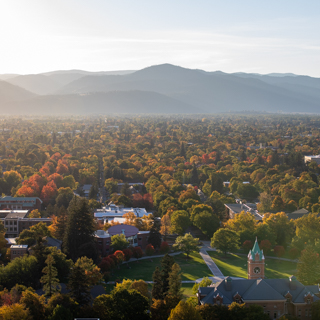Research
What are research collections?
Perhaps the most common question we get from visitors is "why so many?" To understand the answer to this question, first we must learn more about what specimens can tell us about the natural world.
Where does our knowledge of biodiversity come from? How do we know how many species there are, where they live, what they look like across sexes and ages, how they’re related, and how to tell them apart from other species? The answer to all of these questions is museum specimens, which form the backbone of biodiversity research by helping us make sense of the gloriously complex natural world.
At their most basic, natural history museums are our reference libraries for life on Earth. But, that’s just the beginning. As we collect more specimens and care for the historic ones passed down from earlier researchers, museums such as the UMZM build our capacity to ask meaningful questions about how the world works.
What are the effects of climate change, fires, pollution, and land use change? How have emerging diseases moved through animal populations over time? How do species evolve new structures, new genes, new colors and stripes and spots to choose mates, and new poisons and camouflages to evade predators? And, how does all of this combine into the patterns of biodiversity we see today? Our search for answers to these questions, and more, is what museums help to make possible.



